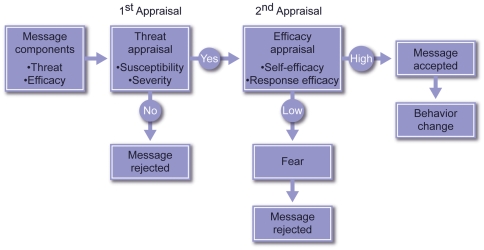Figure 1. Extended Parallel Process Model.
Witte's Extended Parallel Process Model (EPPM) describes how people, when faced with a potential hazard, will sequentially appraise the threat and efficacy content of related health and safety protection messages, and will respond accordingly. The first appraisal is for threat [threat appraisal]. The threat appraisal has two components: severity and susceptibility. If, in the threat appraisal, the message recipient personally perceives the hazard to be of negligible consequence (low severity) or improbable (low susceptibility), any related message content encouraging a desired protection-oriented response or behavior will be rejected. If, however, the message passes the threat appraisal, the message recipient will next process the message's content for efficacy [efficacy appraisal]. The efficacy appraisal contains two components: self-efficacy and response efficacy. If the message recipient does not find the message's targeted behavior to be achievable (low self-efficacy) or efficacious (low response efficacy), the message recipient will engage in undesirable responses such as denial and avoidance in order to manage fear (described as “fear control” in the EPPM); this will be accompanied by message rejection. If, however, the efficacy appraisal is also passed, message acceptance will result, leading to adoption of the message's intended protective behavior change outcomes by taking desirable steps to minimize personal risk against the actual hazard (described as “danger control” in the EPPM).

